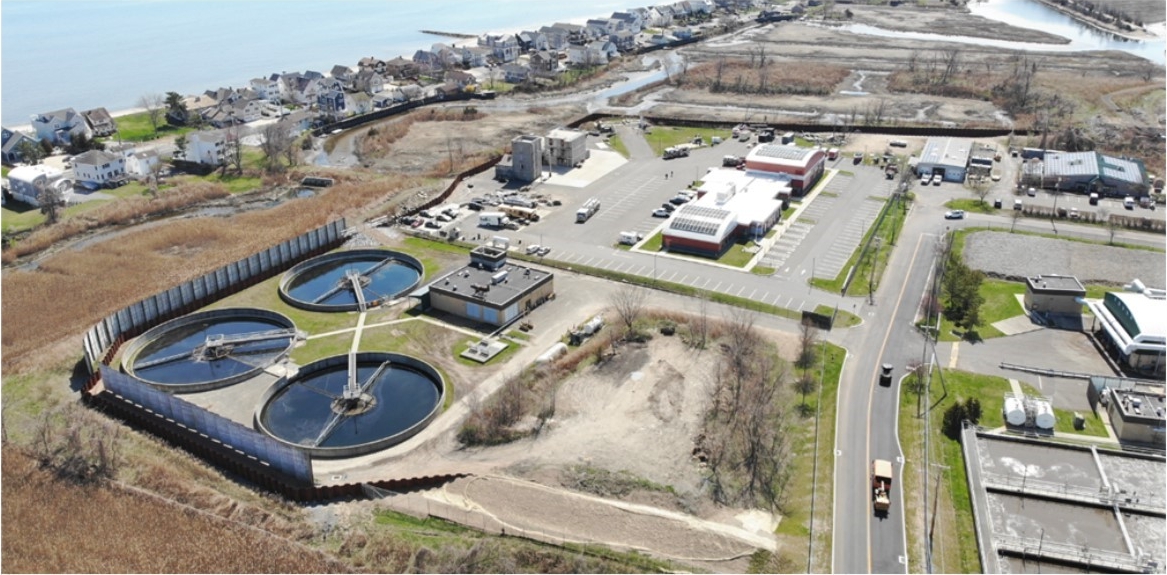Resiliency Considerations for Coastal Wastewater Facilities

The Fairfield, CT Wastewater Treatment Plant after resiliency upgrades to the facility.
With climate change leading to rising sea levels and more frequent severe storms, many coastal communities are assessing the vulnerability of their infrastructure. Wastewater systems located in flood zones or low-lying areas face increased risk of disruption due to extreme weather events from storm surge, or from sea level rise. Planning for resiliency has become a central consideration in both short-term upgrades and long-term infrastructure strategies.
 “Our approach goes beyond individual upgrades—we assess wastewater systems across entire communities to prioritize investments where they’ll have the greatest long-term impact,” says Senior Project Manager Prashanth Emmanuel, who is leading the implementation of comprehensive resiliency upgrades for Stratford, CT’s wastewater system. “By identifying system-wide vulnerabilities, we’re able to recommend cost-effective improvements that enhance overall service continuity.”
“Our approach goes beyond individual upgrades—we assess wastewater systems across entire communities to prioritize investments where they’ll have the greatest long-term impact,” says Senior Project Manager Prashanth Emmanuel, who is leading the implementation of comprehensive resiliency upgrades for Stratford, CT’s wastewater system. “By identifying system-wide vulnerabilities, we’re able to recommend cost-effective improvements that enhance overall service continuity.”
 Critical facilities located in flood-prone areas require even more targeted interventions. Vice President Jonathan Richer, who spearheaded the design of upgrades for the Town of Fairfield to protect their wastewater treatment plant, notes, “Facilities like pump stations and treatment plants are often at risk of coastal flooding and storm surge. For the treatment plant in Fairfield, we focused on protecting the facility holistically using an exterior flood wall, incorporating stormwater upgrades including pump stations, and designing access routes that remain viable during emergencies.”
Critical facilities located in flood-prone areas require even more targeted interventions. Vice President Jonathan Richer, who spearheaded the design of upgrades for the Town of Fairfield to protect their wastewater treatment plant, notes, “Facilities like pump stations and treatment plants are often at risk of coastal flooding and storm surge. For the treatment plant in Fairfield, we focused on protecting the facility holistically using an exterior flood wall, incorporating stormwater upgrades including pump stations, and designing access routes that remain viable during emergencies.”
By taking a system-wide view and incorporating adaptive design measures, municipalities and wastewater utilities can improve their ability to withstand future impacts while meeting current operational needs.


